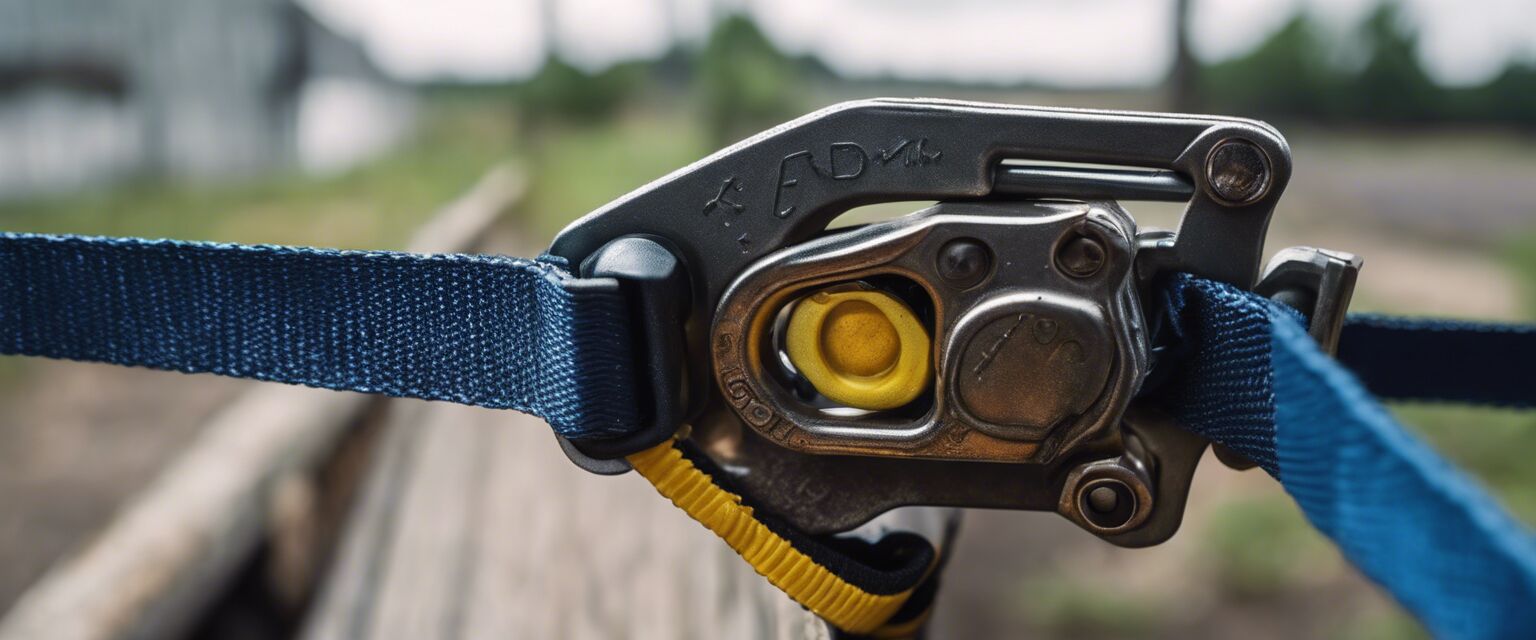
How to Use Tie Down Straps
Key Takeaways
- Understand types of tie down straps for your needs.
- Use proper techniques to secure your load effectively.
- Always check straps for wear and tear before use.
- Employ safety measures to prevent accidents.
Tie down straps are essential tools for securing loads during transport or storage. Whether you are moving furniture, hauling a trailer, or securing equipment, knowing how to use these straps correctly can save you time, money, and frustration.
Types of Tie Down Straps
There are several types of tie down straps available, each designed for specific applications. Below is a table explaining the common types:
| Type | Description | Use Cases |
|---|---|---|
| Bungee Cords | Elastic straps with hooks at both ends, great for light loads. | Quick fixes, organizing gear. |
| Cam Buckle Straps | Simple to use and ideal for lighter applications. | Securing tarps, light equipment. |
| Lashing Straps | Strong, durable straps for heavy loads. | Loading furniture, construction materials. |
| Ratchet Straps | Provide strong holding power and are adjustable. | Transporting trailers, vehicles. |
| Tie Down Anchors | Stationary points to secure straps. | Securing loads in trucks, trailers. |
| Winch Straps | Strong straps with a winch mechanism for tight securing. | Transporting heavy machinery. |
Choosing the Right Tie Down Strap
When selecting a tie down strap, consider the weight and type of load you will be securing. The right strap will prevent slippage and damage during transport.
Weight Capacity
Each strap has a specified weight limit, which is crucial when securing heavier items. Using a strap over its capacity can lead to dangerous situations.
Length of the Strap
Choose a strap long enough to wrap around your load multiple times for added security. Always err on the side of longer straps when in doubt.
Material
Straps are typically made from polyester or nylon, with polyester being the more durable option suitable for outdoor uses.
Using Tie Down Straps Safely
To ensure the safety of both the load and yourself, follow these guidelines when using tie down straps.
Inspection Before Use
Always inspect straps for signs of wear, tearing, or damage before using them. Damaged straps should be discarded immediately.
Proper Technique
Follow these steps for a secure connection:
- Anchor one end of the strap to a solid point.
- Wrap the strap securely around the load.
- Hook or tie the other end to a solid anchor point.
- Ensure the strap is taut but not over-tightened to avoid damage to the load.
Safety Tips
- Keep hands clear of tensioned straps.
- Use protective sleeves or pads on the load to prevent damage.
- Do not exceed the weight capacity of the strap.
- Store your straps properly to prevent UV damage.
Common Mistakes to Avoid
Being aware of common mistakes can prevent issues during transport.
| Mistake | Description | Solution |
|---|---|---|
| Not Inspecting Straps | Using worn straps can lead to failure. | Check straps before each use. |
| Overloading Straps | Exceeding the capacity can cause breaks. | Always check weight ratings. |
| Improperly Securing Loads | Loose loads risk damage and accidents. | Make sure straps are tight and secure. |
Conclusion
Understanding how to use tie down straps properly can greatly enhance your safety and efficiency during transporting loads. Always choose the right type of strap based on the load, follow safety procedures, and avoid common mistakes.
Related Products
Explore our product categories for various tie down solutions:
Tips for Beginners
- Familiarize yourself with each type of strap.
- Practice securing loads in a safe environment first.
- Refer to the manufacturerâs guidelines for specific products.



